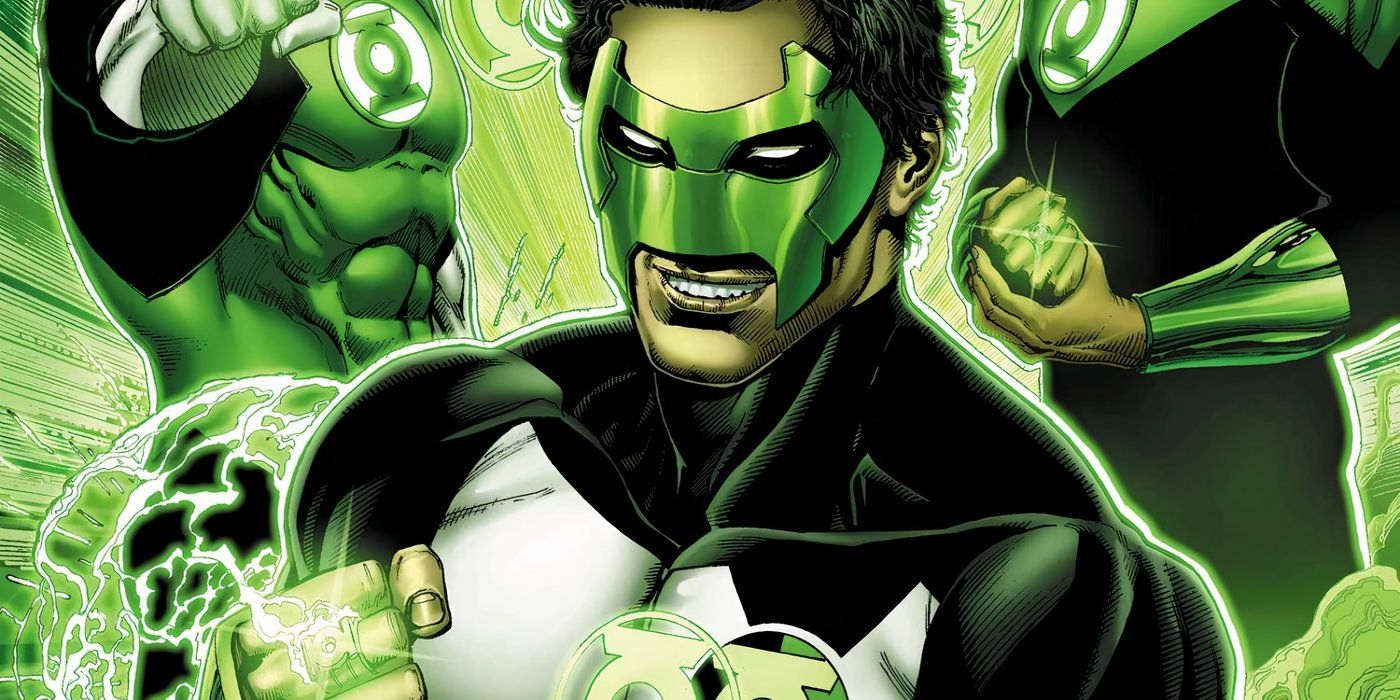French director Pierre Morel oversaw the making of the first Taken film, the action thriller wherein former CIA-agent Liam Neeson pursues bad guys who kidnap his teenage daughter, and later abduct both the hero and his wife in subsequent sequels. So clearly someone thought there was no one better than Morel to direct what is effectively a remake of Taken, this time a story in which a female spy with a very particular set of skills must rescue her kidnapped husband, who knows nothing of her espionage career. The result is blandly generic with the gender flip not bringing much to the table apart from some cheerable lines where the heroine upbraids her opponents for using the slur “bitch” in the workplace.
That said, Morel once again does well with the complex action sequences, especially the car chases across a European city (an unnamed locale in Croatia, using locations in Zagreb and Ljubljana). At least the casting is pleasing, with the athletic and strong-jawed Kate Beckinsale starring as lead spy lady Avery Graves, adopting an American accent for most of the time apart from some comic moments when, in disguise, the British-born actor pretends to be British. Stunt doubles probably did the heavy lifting in the blurrily edited hand-to-hand combat scenes and sequences where Graves flies through the air holding on to a massive drone, but you can see it’s clearly Beckinsale running around in the medium shots and closeups.
Apart from the odd makeup-made bruise or scratch, Beckinsale looks unrealistically chic throughout, dressed mostly in skin-tight clothes, impractical high-heeled boots and a gorgeous chocolate leather trenchcoat given to her on their anniversary by husband David (Rupert Friend). David is the kidnap victim in the film’s first act, and Graves must go rogue against her own spymasters in order to recover him, the kidnappers having demanded she acquire a super-duper secret file called Canary Black, the nature of which is revealed by and by. Nothing and no one are as they seem at first, and all that jazz.
As visual wallpaper it’s serviceable enough, providing a constant backbeat of blam-blam gunshots and explosions, mostly at night. The colour palette consists of lots of blacks, apt given the title, broken up with sodium-lit oranges and rubble-toned neutrals. The technology isn’t much less notable than the costumes, so maybe that’s a result of the faint feminist message – but in all honesty, this not a film of any depth or subtlety.

 4 days ago
4
4 days ago
4



:quality(85):upscale()/2024/10/29/625/n/1922564/ec222ac66720ea653c5af3.84880814_.jpg)
:quality(85):upscale()/2024/10/25/846/n/49351082/bfc0fdb3671bef086c3703.42134063_.jpg)
:quality(85):upscale()/2021/07/06/971/n/1922153/7d765d9b60e4d6de38e888.19462749_.png)

:quality(85):upscale()/2024/10/29/957/n/1922441/c62aba6367215ab0493352.74567072_.jpg)
 English (US) ·
English (US) ·